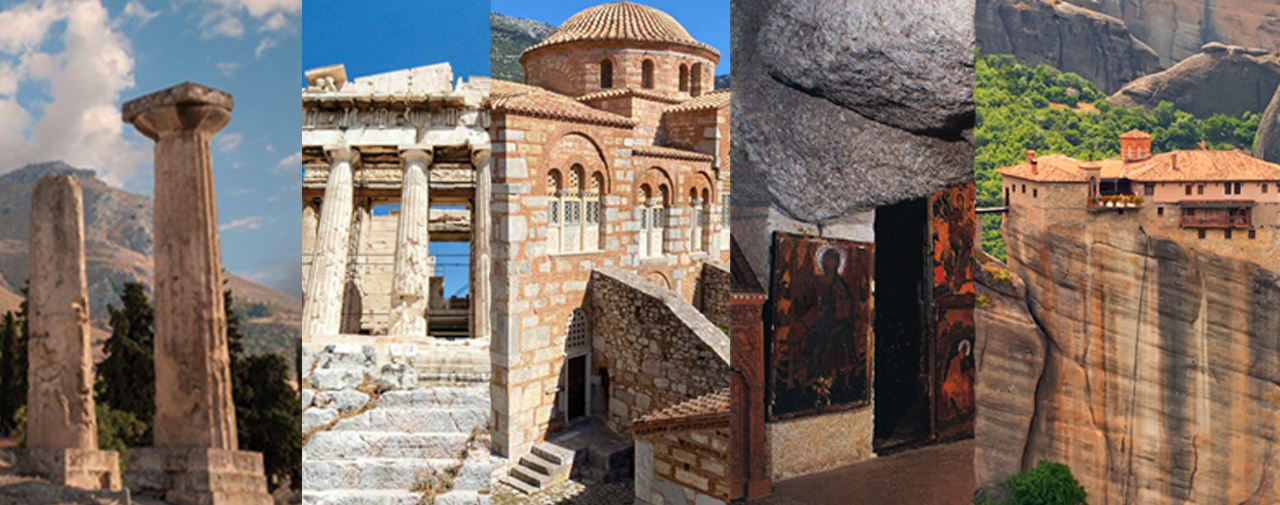Apostle Paul’s First Missionary Journey
Paul’s First Missionary Journey: Spreading the Gospel and Facing Challenges
The first missionary journey of the Apostle Paul is a remarkable journey chronicled in the biblical book of Acts. This expedition, undertaken in the company of Barnabas, played a pivotal role in the early spread of Christianity. The journey began in Antioch, not to be confused with another city of the same name, and took them to various locations, ultimately shaping the course of Christian history.
Antioch: The Starting Point The journey commenced in Antioch, a significant city in ancient Rome and the capital of the province of Syria, which is present-day southern Turkey. It is essential to distinguish this Antioch from another bearing the same name, known as Pisidian Antioch or Antioch of Pisidia, located in the ancient region of Pisidia, also now part of Turkey.
In the bustling city of Antioch in Syria, Paul and Barnabas were singled out by the Holy Spirit among the believers. This divine calling marked the beginning of their missionary endeavor.
Cyprus: The First Stop The first leg of their journey involved a sea voyage to the Roman province of Cyprus, which is today an independent nation known as the Republic of Cyprus, located in the Mediterranean Sea south of Syria. They arrived at the port city of Salamis, where they were aided by John Mark, who may have been Barnabas’ cousin, in spreading the gospel within Jewish synagogues.
Their journey across Cyprus took them to Paphos, where they encountered a Jewish sorcerer named Bar-Jesus, also known as Elymas the sorcerer. Elymas was employed by the governor, Sergius Paulus, who expressed a desire to hear the word of God. However, Elymas opposed Paul and Barnabas, attempting to divert Sergius from the faith. In a remarkable turn of events, Paul, filled with the Holy Spirit, rebuked Elymas, calling him a “child of the devil” and causing him to become blind. Witnessing this miracle, Sergius Paulus believed in the message.
Ironically, Elymas, who had intended to lead Sergius away from Christ, inadvertently became the instrument through which God drew Sergius toward faith.
Pamphylia: The Next Destination Departing from Paphos, Paul and his companions sailed to the Roman province of Pamphylia, which is situated in modern-day Turkey. Their journey led them to the city of Perga. Here, John Mark, for reasons unknown, decided to leave the mission and return to Jerusalem, which was in the opposite direction from their current path. This departure would later create tension between Paul and Barnabas.
Paul and Barnabas continued their journey to Pisidian Antioch, where they were invited by local synagogue leaders to speak. Initially, the Jewish population showed interest in the gospel. However, within a week, when the entire city gathered to hear Paul and Barnabas, jealousy arose among the Jewish leaders. In response to this resistance, Paul and Barnabas shifted their focus to preaching to the Gentiles.
Many Gentiles embraced the gospel, and as a result, the word of the Lord began to spread throughout the region. However, the Jewish leaders, unsatisfied with this development, incited persecution against Paul and Barnabas, leading to their expulsion from the region (Acts 13:49–50).
Phrygia: Seeking Refuge Driven out of Pamphylia due to the opposition they faced, Paul and Barnabas journeyed to Iconium, an eastern city situated in the region of Phrygia. Present-day Konya in Turkey corresponds to the location of ancient Iconium.
Once again, they began their mission by speaking in the synagogue, where both Jews and Greeks embraced the gospel. However, those Jews who rejected the message stirred up trouble. As Paul and Barnabas performed signs and wonders, support for their mission grew. Simultaneously, opposition intensified, and they became aware of a plot to harm them. Fearing abuse and stoning, they decided to leave Iconium.
Lycaonia: Miracles and Misunderstandings Fleeing the threat in Iconium, Paul and Barnabas traveled to Lystra, a city within the province of Lycaonia. Here, Paul performed a miraculous healing of a lame man. Those who witnessed this miracle assumed that Paul and Barnabas were gods in human form, referring to Barnabas as Zeus and Paul as Hermes. The priest of the temple of Zeus even brought bulls and wreaths, intending to offer sacrifices to them.
Paul and Barnabas attempted to redirect the praise they received toward God but struggled to dissuade the crowds from offering sacrifices to them. Meanwhile, Jews from Antioch and Iconium, who had opposed them previously, arrived and agitated the crowds. They convinced the people to stone Paul, believing him to be dead. However, when the disciples gathered around him, Paul miraculously stood up and reentered the city.
From Lystra, Paul and Barnabas journeyed to Derbe, another city in Lycaonia, where they successfully “won a large number of disciples” (Acts 14:21).
Return to Antioch: Reflecting on the Journey Following their time in Derbes, Paul and Barnabas retraced their steps, revisiting Lystra, Iconium, Pisidian Antioch, and Perga. In each city, they encouraged and strengthened the faith of the believers, a pattern they would continue on their subsequent missionary journeys. During this journey, they also stopped briefly in a newly mentioned Pamphylian city, Attalia. Although Acts only briefly mentions it, they presumably established a community of believers there as well.
Subsequently, they decided to skip a return voyage to the island of Cyprus and instead made their way directly back to Antioch (the larger city in Syria), where they reported to the church the events and experiences of their missionary journey. This journey marked the beginning of Paul’s extensive missionary endeavors, which would significantly shape the expansion of Christianity in the ancient world.

